We are scared of the dark. Children sleep with soft lights on, adults leave a hallway light switched on. Outside a million suburban homes, a powerful halogen lamp blinks on when it detects motion. Christmas lights are left on all year round.
Across the city, streetlights show the way. Shops are lit up like beacons long after they have closed for the day. Pools of light illuminate the empty car-parks. We have forgotten how to switch off.
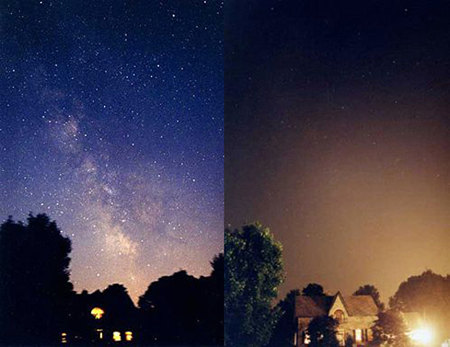
That we have banished darkness from our cities means that we have also lost contact with the celestial bodies in the night sky. In London, you are lucky if you can see anything else other than the Moon, the North Star and occasionally, Venus. It's difficult to imagine life before Edison, or connect to the role the stars and celestial bodies played in people's lives thorugh the ages. In the 21st Century, if we didn't have the technology to tell us, we wouldn't know the stars were there.
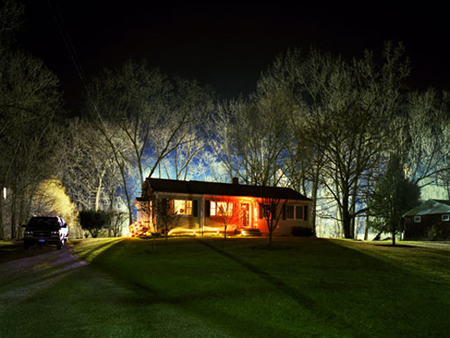
There's a great guest post by Geoff Manaugh of BldgBlog on Inhabitat, looking at the rise of this light pollution, of photographer David Allee's White Nights project, and the efforts of the International Dark Sky Assocation to rein in our collective desire to turn night to day. (Of course, the context 'sensitive' ads by Google in the Inhabitat article are for high-powered halogen bulbs available for 'next-day delivery'.)
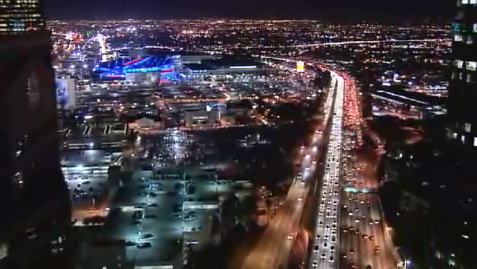
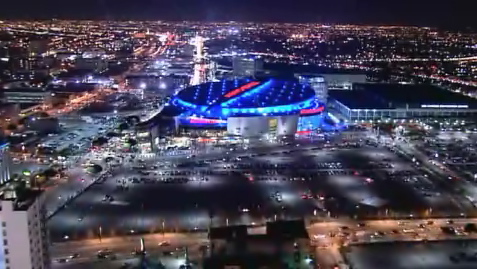
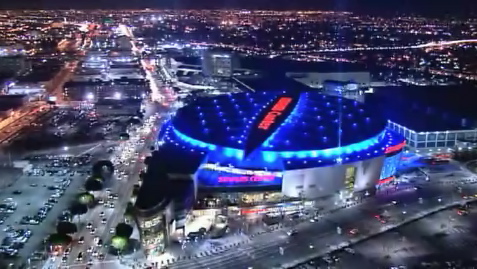
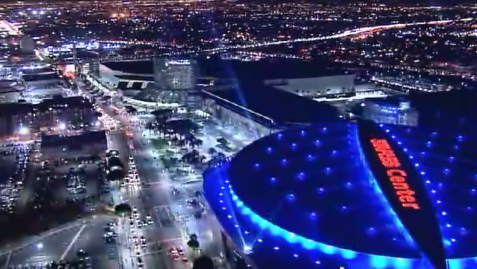
Elsewhere, at Grass Collective, you can download clips or order a DVD called Rivers of Light, helicopter footage of LA at night. What's striking is the sheer amount of light, the luminosity of the scene. We follow the camera as it tracks along an eight-lane highway, red upstream, white down. At either side, offices and shops are ablaze. Further on, the Staples Center sports and entertainment arena ("home of five professional sports franchises") is a pornography of illumination. Bathed in blue light, encircled by neon, this parked spaceship even has the words 'Staples Center' lit up on the roof, for any passing helicopters or aeroplanes. If this wasn't enough, searchlights point upwards, criss-crossing the sky with waving beams of light. LA has driven out night.
But lights are getting brighter. Car headlights now use focussed LEDs rather than bulbs, producing more lumens at greater distances. As more lightjunk proliferates, the brighter you need to be to stand out. Where will this light inflation, or luminance acceleration, take us? Perhaps what we need are a few more black-outs, to remind us how precious light is, but also to reconnect to the heavens.
[first posted April 28th, 2006]
Previously:
